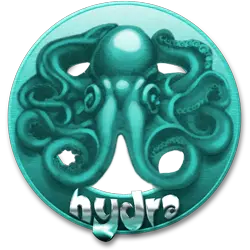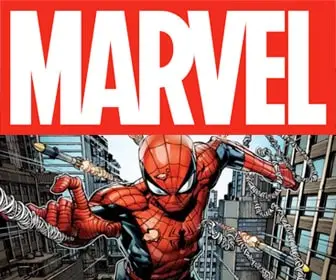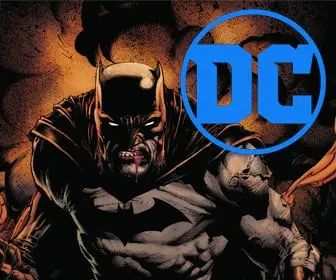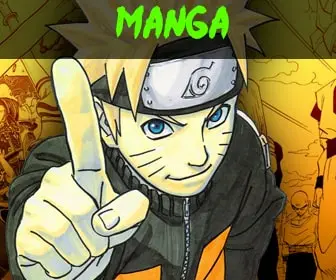
Loosen Up & Look! Gesture Drawing Power
Introduction: Unveiling the Essence of Movement – Gesture Drawing

Have you ever been captivated by the flow and energy of a dancer, or the quiet power of a statue? Gesture drawing is the artistic key to unlocking these qualities on paper. It’s not about meticulous detail, but about capturing the life force of a pose, the way weight shifts and muscles strain.
This dynamic technique goes beyond static representation. It’s a conversation between your eye and your hand, a way to truly see the movement and translate it into expressive lines. By practicing gesture drawing, you’ll train your eye to grasp the essence of a pose, improve your understanding of anatomy, and loosen up your drawing style, all in the pursuit of capturing that fleeting magic of movement.
The Line of Action: The Heart of the Gesture
Imagine a figure drawing reduced to its bare essentials. What remains? The line of action. This dynamic line captures the core energy of the pose, flowing through the figure like a current. It’s often visualized as following the spine’s curvature, but can extend to encompass the limbs as well.
Think of the line of action as the foundation upon which your gesture drawing is built. A straight line of action suggests a rigid pose, while a strong C-curve conveys action and dynamism. The more dramatic the curve, the more exaggerated the movement. Don’t be afraid to experiment! Gesture drawing thrives on capturing the essence, not the perfect anatomical details.
Here’s the beauty of the line of action: it’s a simple concept with a powerful impact. By mastering this core element, you’ll imbue your figures with a sense of life and movement, even in the most basic of sketches.
Building the Form: From Basic Shapes to Believable Bodies
Now that you’ve captured the movement with the line of action, it’s time to breathe life into the pose by building the form. But ditch the textbook anatomy for a moment! Gesture drawing is about simplicity. We’ll use basic geometric shapes to represent the different body parts.
Think of the head as an oval or sphere, the torso as a cylinder or rectangle, and the limbs as elongated cylinders. Don’t worry about perfect proportions yet – focus on capturing the relative size of these shapes. A large head compared to the body suggests a child, while a wide torso indicates a powerful build.
Here’s the trick: imagine these shapes are connected at key points – the shoulders, hips, knees, and elbows. By positioning and overlapping these basic forms, you’ll build a solid foundation for your figure. Remember, gesture drawing isn’t about perfect musculature; it’s about suggesting the underlying structure with simple forms.
As you gain confidence, explore adding details like basic facial features or rudimentary hands. But keep the focus on the bigger picture – the flow of the pose and the overall impression of the form. With practice, you’ll be surprised how these basic shapes come together to create a believable and dynamic figure.
Gesture Drawing Exercises: Sharpening Your Artistic Eye
The beauty of gesture drawing lies in its accessibility. You don’t need fancy tools or hours of preparation. Just grab a pencil, some paper, and get ready to loosen up! Here are a few exercises to jumpstart your gesture drawing practice:
1. Short & Sweet: Time is of the essence! Set a timer for 30 seconds to 2 minutes and draw a figure in motion. Focus on capturing the main flow with dynamic lines and basic shapes. Don’t get bogged down in details – aim for a quick and energetic capture.
2. CSI Marks: Feeling limited? Try the “CSI” approach – using only C-curves, S-curves, and straight lines. This exercise forces you to simplify and focus on the essential lines of action and form. You’ll be surprised at how expressive a figure can be with just a few well-placed lines.
3. Unleash Your Inner Artist: Take a break from references and draw from your imagination! Imagine a character in action – a superhero leaping, a dancer twirling. This exercise challenges you to translate your mental image into a dynamic gesture, building your visual library and encouraging creative exploration.
Bonus Tip: Don’t be afraid to make mistakes! Gesture drawing is all about experimentation and capturing the essence of movement. Embrace the loose, exploratory nature of the technique, and have fun with it! The more you practice, the more confident and expressive your gesture drawings will become.
Conclusion: Gesture Drawing – The Gateway to Dynamic Figures
Gesture drawing is more than just a technique; it’s a philosophy. It’s about capturing the essence of movement, the fleeting energy that imbues a figure with life. By mastering the line of action, building with basic shapes, and practicing focused exercises, you’ll develop a keen eye for movement and a strong foundation for figure drawing.
This dynamic approach loosens up your drawing style, encourages observation, and deepens your understanding of anatomy – all essential tools for creating captivating figures. So, grab your charcoal or your crayon, set a timer, and unleash the power of gesture! You might be surprised at the expressive figures that emerge from your initial, dynamic lines.
Remember, the journey of artistic growth is fueled by practice and exploration. Gesture drawing is your gateway to a world of dynamic figures, waiting to be captured on paper. Take the leap, embrace the movement, and let your artistic journey begin!










